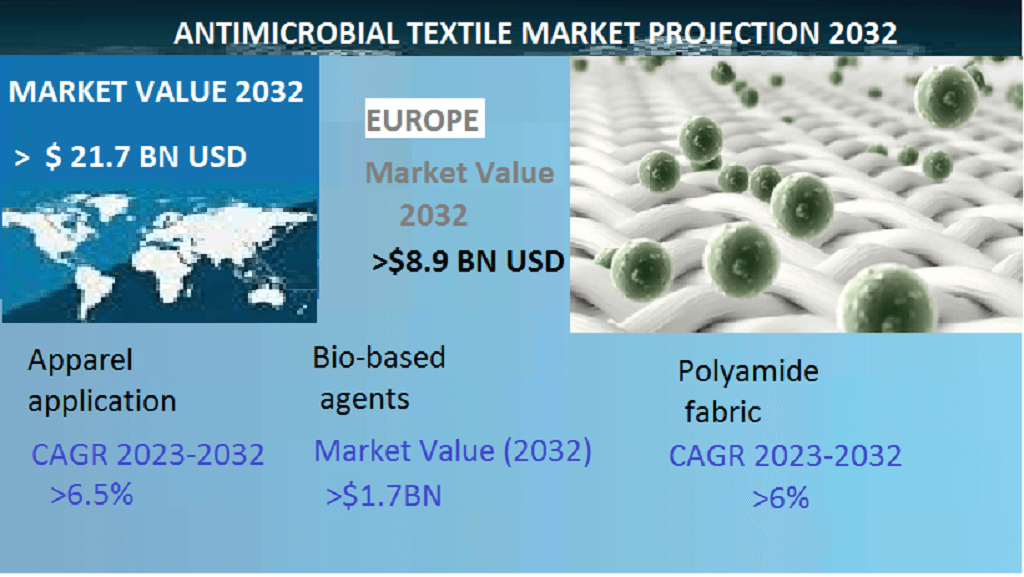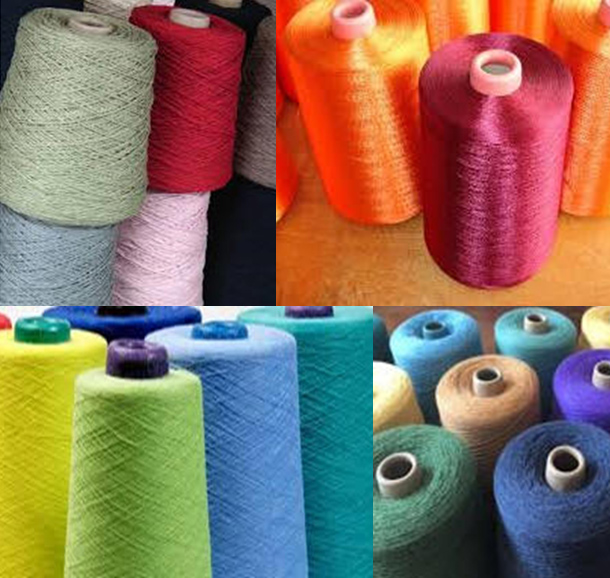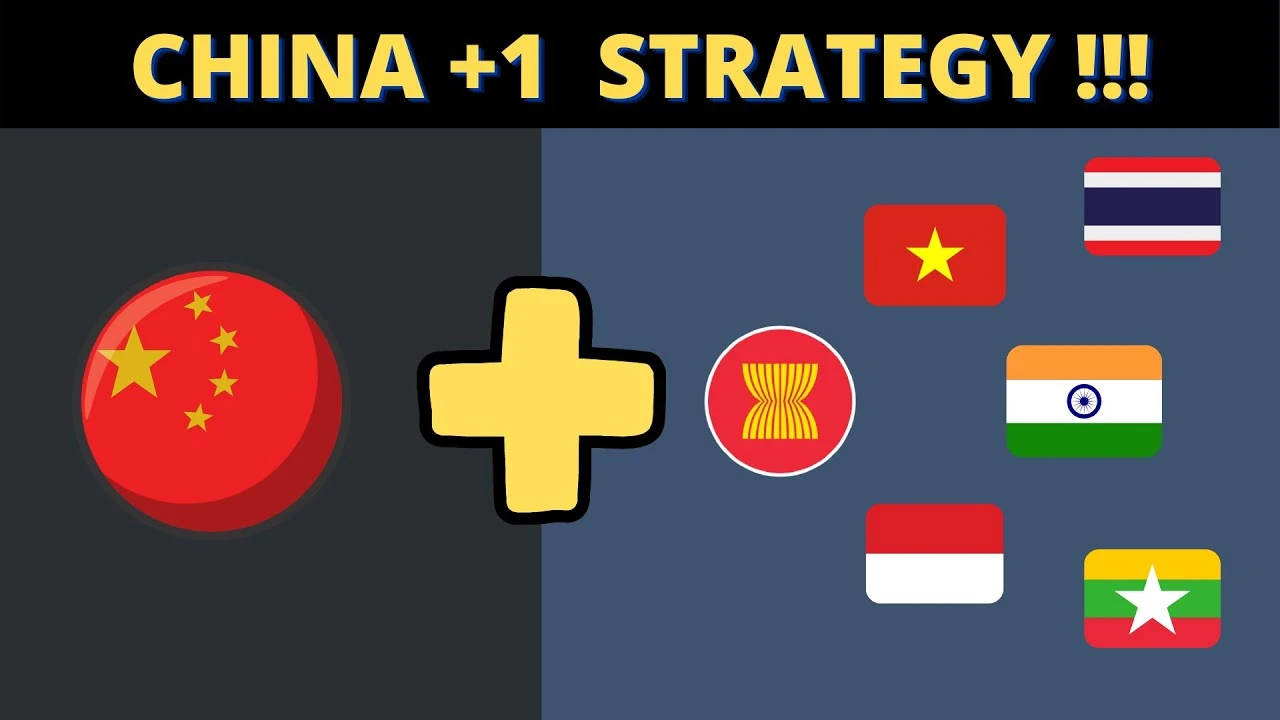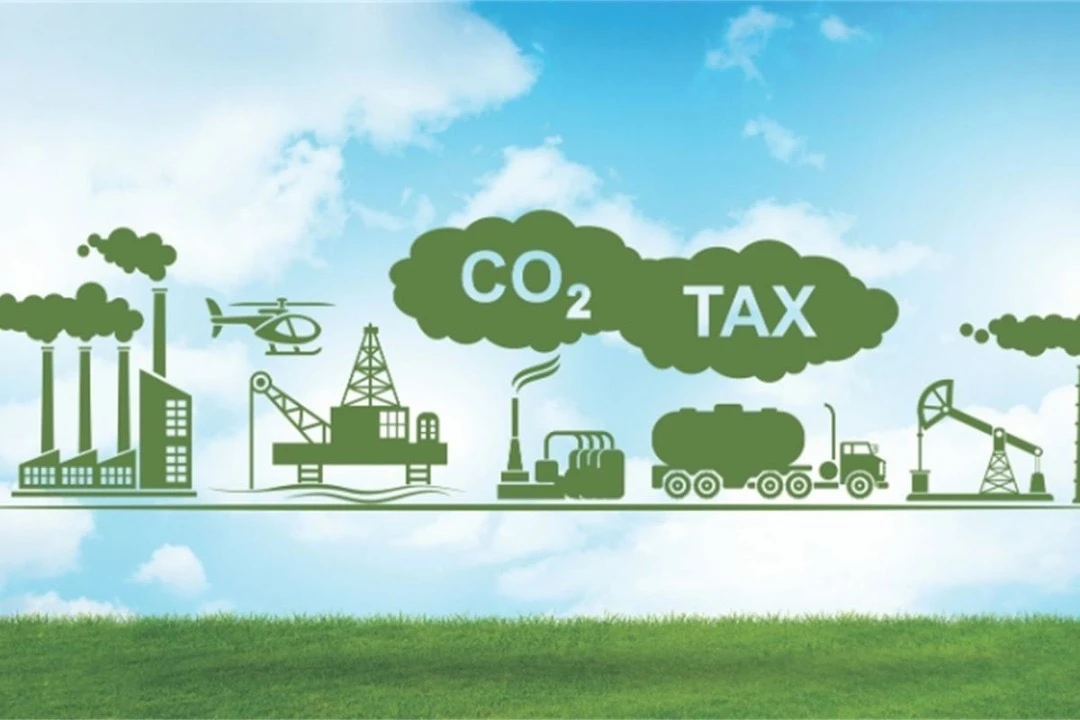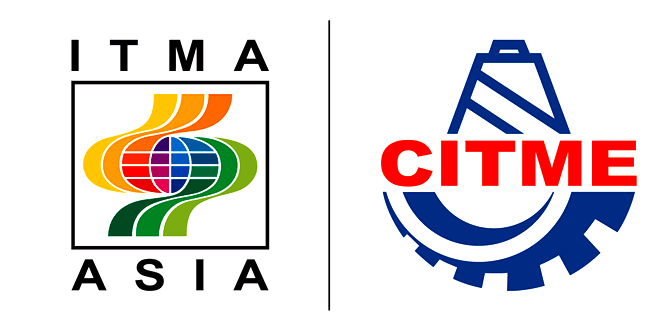The projected size of the antimicrobial textile market is to reach 21.7 Billion USD by 2032
Research is driven by high healthcare concern
The antimicrobial textile product sizes reach 21.7 Billion USD in 2032 with a CAGR of 6.3% in the forecast period 2023 ~2032. The feature of the antimicrobial market is shaped by the development of innovative solutions, that meet the demand on a performance basis.
The feature of cleanliness particularly after the pandemic world has created the demand for antimicrobial textiles in the world. Also, higher risk of infections adapting antimicrobials within hospitals and other such facilities. Also, Athletes and active lifestyle enthusiasts have an increasing demand for sweets, fabric control, and smells. So there are growing need for the hypoallergic antiseptic fabric to make it safe from allergies and for sensitive skin sensitiveness with moisture-wicking textiles.
All above has been seen as possible due to specially treated innovative antimicrobial fabric. Advanced treatment methods develop over time expanding scope over time in clothing upholstery and other textile things.
- Markeet size in 2023 12.28 Billion USD
- Markeet size in 2032 21.27 Billion USD
- CAGR 6.3% by 2024-2032
- Key points growth parameters are increasing hygiene awareness, and rising concern over antimicrobial resistance.
Market segmentation analysis
- Chemical treatment
- Nano-coatings
- Incorporation of antimicrobial fibers
- Microbial blocking technology
- Enzyme-based treatments
Fiber segmentation
- Cotton
- Polyamide
- Polyester
- Other
By benefit
- Hygiene
- Odor control
- Longevity
- Health impacts
- Safety impacts
- Environmental impacts
The antimicrobial textile market is increasing fast due to the increasing number of hospitals, and hygienic requirements associated with antibacterial.
Key Takeaways
- Due to the pandemic, there is a high demand for health care associated with infection, also awareness of hygiene textiles, and strong growth of antimicrobial textiles are seen.
- There is a strong focus on developing environmentally friendly bio-based fiber or chemicals.
- Antimicrobial finishes and neno coating advancement in technology. These finishes are more long-lasting and more effective than ever before.
- However, reliable testing protocols hinder significant challenges regarding antimicrobials. Also, we need to study the impact on the environment.
